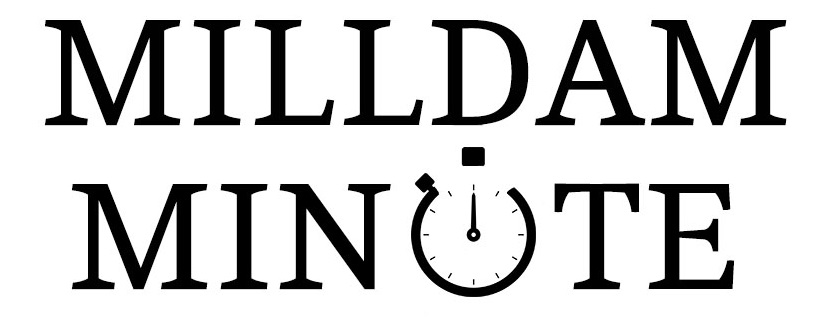As we have mentioned in the Milldam Minute throughout the last year, there are a range of actions companies can take to maximize their PR. However, there is one tool that stands out when a company is seeking to gain additional exposure and increase their credibility while empowering the salesforce: case studies. The case study carries an unprecedented amount of weight with trade publications, business publications and potential customers for a variety of reasons.
As opposed to a basic press release on a product, a case study is the ultimate stamp of approval as it shows the product or service in action and is a validation by a third party (your customer). The ability to discuss the project that was implemented allows reporters to get the full story on the problem that the product or service has solved, or how it has enhanced your customer’s operations.
In addition to providing new opportunities for reporters to write positive stories about your company and contribute to trend pieces, case studies can provide a vast amount of content that can be enhanced and broadcast by your PR firm. For example, a case study can be turned into a long-form byline article and placed in a trade publication. This enables you to provide a deep dive for the reader and highlight many technical details that may be overlooked in a briefing with a reporter. By transforming the material in a case study into an article, you’re also able to reach a much wider audience. Instead of relying on potential customers to find the information on your website, it’s being showcased in a trade publication with a (potentially) large viewing audience each day.
Additional opportunities for customer case studies include webinars, videos, social media and press releases. The great thing about these options is it that they can be shown over and over again and spread organically. In addition to reaching prospects, they are helpful tools that can be passed along to reporters so that they can get a unique view of the success story (especially the videos) that pitching alone cannot.
We all know that it’s very difficult to get customers to talk on the record, especially in the mission critical space. It’s great when a client says “yes” but they often decline to participate. We’re often asked if there is a way to get around this. One method that we have found effective as we help clients navigate their PR strategy is to walk the fine line of anonymity when a company says that their name cannot be used. Often, we find a way to discuss the sector that the project took place in as a stand-in. For example, if one of our clients is working with a large bank that is open to a case study as long as they are not named, we may position it as “Global Bank Turns to Company X for help Solving [Complex Technical Problem].” While it’s not as good as using the actual name, it’s an opening that we can use that will still yield some significant PR benefits, assuming that the solution was innovative or interesting. A recent example of this scenario can be found here.
To help facilitate the creation of a case study, the following are some helpful tips for getting customers on board that we’ve seen work successfully over time:
- Include the creation of a case study in the Project Agreement
One of the first steps for a case study can be taken before you start the project. As you’re putting together an agreement with a client, insert a clause in the contract that has language about the development of a case study that the customer agrees to participate in upon the successful completion of the project. If the creation of a case study is agreed upon before ground has been broken (so to speak), it’s much more likely that it will be created as opposed to trying to negotiate this point after the project has been completed.
- Remind the customer about the opportunity for positive press
When talking to your customer about the possibility of a case study, highlight the different ways that it will positively impact them in the press. For example, if the company is going through an energy retrofit, discuss how the case study will brand them as stewards of corporate social responsibility and enhance their reputation in the market. No matter what you’re doing, the chances are good that there’s an angle that a reporter is interested in.
- Offer a discount in exchange for a testimonial once the project is completed
If you’re dealing with a high-profile customer with vast amounts of name recognition that you’d like to be associated with, or if your company is trying to break into a new space, consider offering a discount in exchange for being able to write a case study. It’s a small investment that will pay off in the long run.
- Engage The Customer’s Marketing Department
As with most companies, your customers are looking for additional ways to increase their exposure. One avenue to take is to go directly to the marketing department with your idea for a case study. If you take this route, be prepared to have compelling examples on how a case study will supplement the customer’s current PR and marketing efforts. They’re more apt to be receptive to this idea, as opposed to the staff you usually deal with on the project side.
While it can be challenging on many fronts, the development of a case study is always worth the ask from a PR perspective. Being armed with a case that can be pitched to the press or repurposed for a byline will not only increase the exposure of your company, it will also add credibility and equip your salesforce with the tools they need to secure future success.

Adam Waitkunas authors the column “Anecdotally Adam” and is President of Milldam Public Relations.


